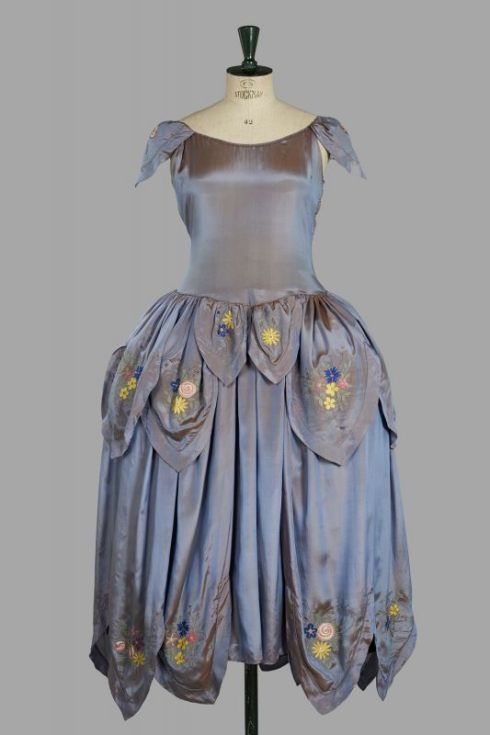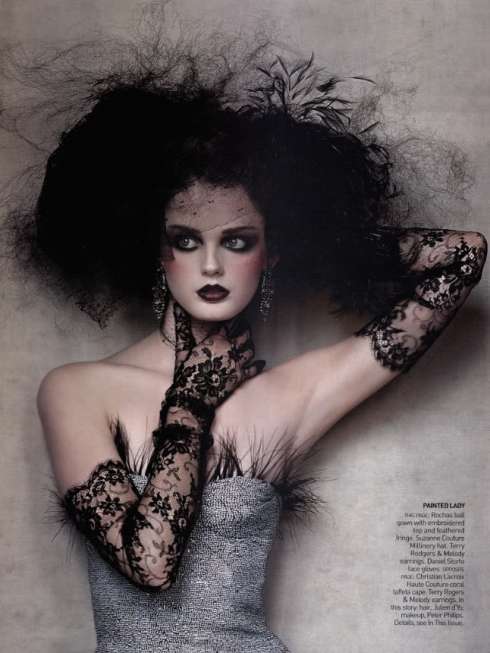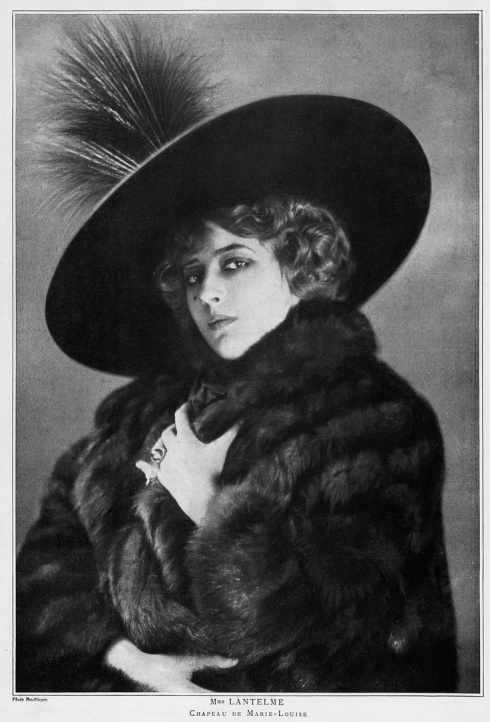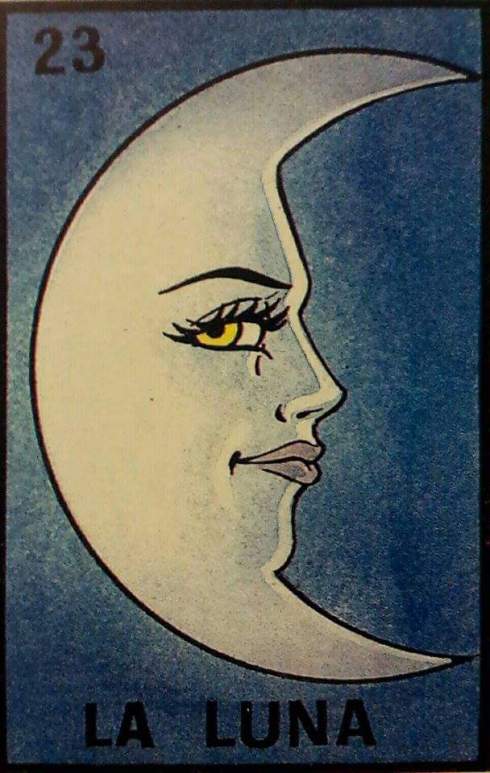If you gaze at dark and richly textured paintings of a German Symbolist painter Franz Stuck for too long, you become spiritually drowned in a world of ‘anxiety and lust’, to quote Carl Jung. That peculiar mood of his paintings is as intoxicating as it is heavy and suffocating, radiating the typical turn of the century claustrophobia and interest in eroticism.

Franz Stuck, The Sin (Die Sünde), 1903
Last August, while I was in Berlin, I had a chance to see Stuck’s The Sin and Circe in Alte Nationalgalerie where they are part of the museum’s permanent collection. I remember it clearly, the feeling of being completely and fully mesmerised by hypnotic power of Stuck’s vamp femme fatales; dark eyed Eve luring from the shadow, and Circe, clad in purple, offering a gold cup, and smiling lustfully with moist, half-open lips. The day was rainy and gloomy, the chamber quiet and solitary because most visitors chose to see the Im-Ex exhibition that was on at the time. Even in the middle of the day, painting The Sin seemed frightening and grandiose because of its dimensions, but how magical and sinister at the same time would it look at night, with a few tall candles as only sources of light, shining in brilliant Byzantine golden flames, and a sofa you could lie on, smoke opium and immerse into dreams, watched upon by those big, darkly oriental eyes. I think that kind of experience would be the closest to an acid trip I could possibly imagine.
If you observe Stuck’s oeuvre, you’ll notice that darkness, like heavy November fog, lurks from every corner. World that he created in his paintings is a mythical one, where anxiety and erotic fantasies emerge from every canvas. Sometimes his paintings, just like those of Edvard Munch, can be a tad difficult to digest, at least for me, as they seem to lurk the viewer to the end of the cliff; first to be amazed, and then – to fall. I feel emotionally drained and ill after looking at them for too long, that’s the power of art for you all. Stuck portrays the dark side of mythology and female dominance and images that arise from his artworks are those of suffering and agony, twisted bodies, murky colours and strong contrasts, and ever popular in Symbolism, figures of wicked and possessive femme fatales.
So, what exactly is the true subject of his art, the spiritual fall of the Western society of his own secret Freudian fantasies?
 Franz Stuck, Tilla Durieux as Circe, c. 1913
Franz Stuck, Tilla Durieux as Circe, c. 1913
Stuck painted the subject of Eve’s sin and the consequent Fall of Humanity many times. The version I’ve put here, from 1903, isn’t the most striking, but it is the one I saw. In The Sin, Eve looks directly at the viewer, ironically smiling. Her sickly white, yet robust body emerges from the dark background. Two large, dark, protruding almond shaped eyes resemble those of Luisa Casati, an extravagant Italian heiress and a great example of fin de sicle decadency in lifestyle. A garishly green shadow hides her face. Framed with masses of Rossettian hair so dark it seems to have been woven from darkness itself. And then, as if the painting wasn’t unsettling enough, you notice the snake wrapped around Eve’s body, with thin piercing pupils and purplish skin that distinguishes it from the pervading darkness. If you don’t move your eyes, it will draw you in too.
Circe is visually brighter, painted in three vibrant colours; auburn for the hair, dark yellow with hints of olive brown for the cup, and lastly – purple, like dried larkspur flowers. Three colours against the pitch dark background and again, that strange sickly pale skin, were enough to uplift the mood of the painting. In body sculpting, Stuck slightly reminds me of Burne-Jones. Look at her purple tunic that sensuously falls, then her earrings and the luminous cup. Who wouldn’t be tempted to drink from it, even if the price was entering the kingdom of death and running into the arms of Persephone, a fellow mythological creature that played around with fin de siecle imagination. Stuck’s Circe reminds me of silent film stars of 1920s, such as Theda Bara and Pola Negri, who often played roles of vamp femme fatales.
Tags: 1900s, 1900s art, 1910s, anxiety, art, Circe, darkness, Decadence, decay, eroticism, Eve, Femme Fatale, Franz Stuck, German art, German painter, lust, painter, Saloma, sin, snake, Symbolism, The Sin, Tilla Durieux























































































